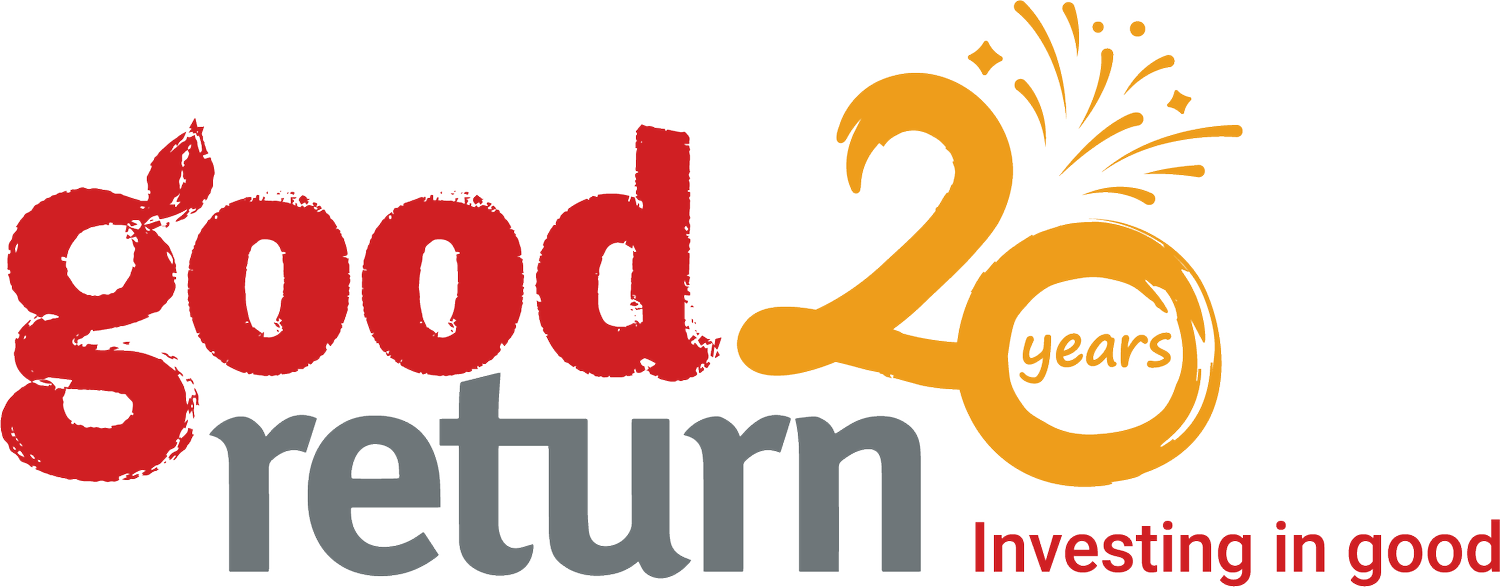Turning the social inclusion lens on ourselves: how Good Return promotes diversity, gender equality and inclusion from within the organisation
Turning the social inclusion lens on ourselves: how Good Return promotes diversity, gender equality and inclusion from within the organisation
A recent buddy program to build connection between members of our Board based in Australia, and our international staff, has been a successful demonstration of social inclusion in action. At Good Return, we work with the financial sector to build their social inclusion policies and practices so they can truly meet the needs of a diverse range of clients. We know that if we want to embed social inclusion in other organisations, we need to constantly turn the mirror on ourselves.
So how do we go about this?
The backbone of social inclusion at Good Return is the Social Inclusion Action Plan (SIAP), governed by the cross-functional Social Inclusion Action Team. All SIAP initiatives and priorities are driven by feedback from the wider team as well as input from various assessments, covering disability inclusion, gender equality and cultural diversity within our organisation.
The scope of the Action Plan is broad - from the cultural and gender diversity of our team, to our internal training and onboarding courses, to the way we represent ourselves in job advertisements, and the socially inclusive language we use in our marketing communications. It also includes recognising cultural events each month, and ensuring our offices offer disability accessibility. When it comes to our programming, gender, disability and cultural diversity is considered into every part of the project cycle - from the project design and budgeting, to project implementation, and importantly in the way we monitor and evaluate our programs.
While we have made strong progress, we recognise there is more work to be done - particularly on cultural diversity within programming. The voice of marginalised groups (women, people with disabilities and cultural minorities) is increasingly heard and integrated throughout. Another standard practice for Good Return’s program team is the consideration of social inclusion in our partner selection process. Any new partner must meet, or be willing to collaborate with Good Return towards achieving, certain Gender Equality, Disability and Social Inclusion (GEDSI) requirements to be assessed as a potential partner.
Social inclusion at Good Return extends to Board level. The diversity of our Board members, including gender, cultural background etc, is seriously considered when selecting new members and we also track characteristics (voluntarily provided/self-identified) at all levels of the organisation.
In order to improve our Board’s understanding of the different cultures and complexities in the Good Return team, a Cultural Exchange initiative was developed by the Cultural Diversity Champions at Good Return. The concept was to connect Board members with staff from different offices across Asia-Pacific in one-to-one conversations to understand each other’s cultures and how culture has informed our experiences in the workplace. Conversations were based on ACFID’s Decolonisation & Locally Led Development Framework (see image below). Over the course of six months, the “buddy pairs” got together regularly to have honest conversations in a supportive environment. A group introductory session exploring cultural differences and question guides were provided, however the buddy pairs could also agree between them what they would discuss and how their conversations would flow.
A survey was completed at the conclusion of the Cultural Exchange Program. 64% of survey responses scored the program 5 out of 5, and 36% scored it 4 out of 5. Interestingly, 79% of respondents said they would likely continue conversations with their buddy in the future, outside of the Program. Some of the anonymous verbatim comments from the Cultural Exchange Program participants were:
“I enjoyed learning from my Good Return colleague and making a deeper connection. A treasured opportunity.”
“I learnt a lot and feel comfortable to talk with Board members. It was really enjoyable for me.”
“A key learning was to be more aware that someone’s cultural background may influence their perspectives and decision making.”
“I really enjoyed acknowledging differences in culture and leadership.”
In conclusion, diversity, inclusion, and equality are fundamental to human rights. Good Return will continue to strive for a culture that promotes inclusion of people of differing genders, ages, disabilities, cultural and linguistic backgrounds and sexual orientation. This is an ongoing but essential part of everything we do.



